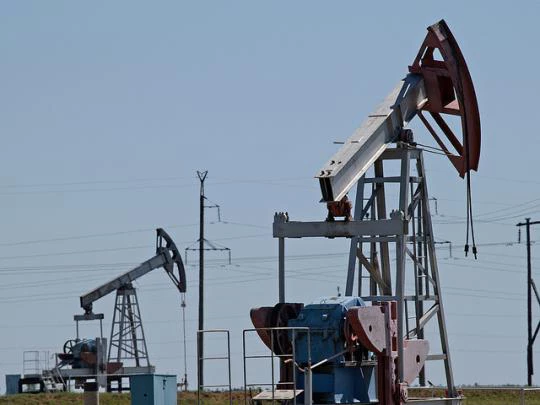
As the Financial Times pointed out recently, oil companies such as Exxon Mobil and Shell would, under measures considered for the global climate pact to be sealed in Paris next year, cease to exist in their current forms in 35 years. The proposal of phasing out global carbon dioxide emissions as early as 2050 was not resolved in the UN climate talks in Lima last December.
However, the adoption of even a watered-down version in Paris or in later rounds of climate negotiations would mean that the amount of oil and gas produced by these companies, and the quantity of coal mined by enterprises such as Rio Tinto, would need to be greatly reduced by mid-century. Such long-term concerns might over the next years trump current worries about an oil price slump that could be on the wane as soon as marginal projects and producers are shaken out from the bottom of the market.
Whereas Exxon and Shell are private companies, national oil companies such as Saudi Aramco, Statoil, and others control about three quarters of all crude oil production and more than ninety percent of reserves. Therefore, for a radical reduction in global carbon emissions to be achievable, state-owned oil companies, as well as corporations, will need to strongly reduce the production of hydrocarbons. Government revenue from hydrocarbons will then be a fraction of what it is today. Compounding the challenges, oil-rich countries have become so dependent on oil export that a viable economic future would seem hard to imagine without it.
However, many current oil and gas exporters are doubly blessed, and exhibit exceptionally good conditions for the generation of renewable energy: high intensities of sunlight or wind, an abundance of unused land area available for the construction of solar plants and wind farms, and relative proximity to major energy markets. These conditions provide them with the option of remaining energy exporters even as oil output falls. Consider Saudi Arabia, which is already investing heavily in solar for domestic consumption, and other oil-exporting desert nations. With power transmission links to major markets, the vast deserts of the Arab peninsula could provide enough solar energy to supply the entire European continent with power, while leaving capacity to spare for other neighboring regions. Other oil and gas exporters are blessed with windswept coastlines where energy can be captured from wind, waves and ocean currents.
Oil exporting nations have been able to use proceeds from oil sales to build up very large capital reserves in the form of foreign assets held in sovereign wealth funds. The largest fund, Norway’s Government Pension Fund Global, holds $893 billion worth of foreign assets, and others are not far behind. The oil funds were set up to save for future generations, to stabilize the home economy in the face of highly volatile oil and gas prices, and to reduce the risk of large oil revenues generating asset bubbles and exchange rate appreciation. For that reason, oil funds’ investments tend to be fully or mainly concentrated in foreign assets, mainly traded securities. However, oil funds may find it increasingly attractive to invest in renewable energy, including in the home economies of oil exporting countries.
Firstly, objectives of preserving capital and earning a competitive return on renewable energy investments will become increasingly achievable as solar and wind technology continues to improve and more penalty measures are imposed on carbon emissions, through carbon taxing and regulation. Secondly, many of the components of wind and solar power infrastructure are typical import goods. This would limit the upward pressure on the exchange rate, or “Dutch disease”, since imports do not generate domestic price pressures because supply is generally elastic and prices determined by global demand. The macroeconomic risk of investing in renewable energy at home could hence be manageable.
Finally, governments are increasingly seeing sovereign funds as a combined vehicle for optimization of returns and strategic national investments through equity and project finance. In the long run, oil-rich nations could find that investment in their own capacity to remain energy exporters in a low-carbon world should be their highest strategic priority.
What do you think? Tell us in the comments.
The authors are grateful to Otaviano Canuto, Bryan Land and Marijn Verhoeven for highly valuable feedback on earlier drafts.




Join the Conversation